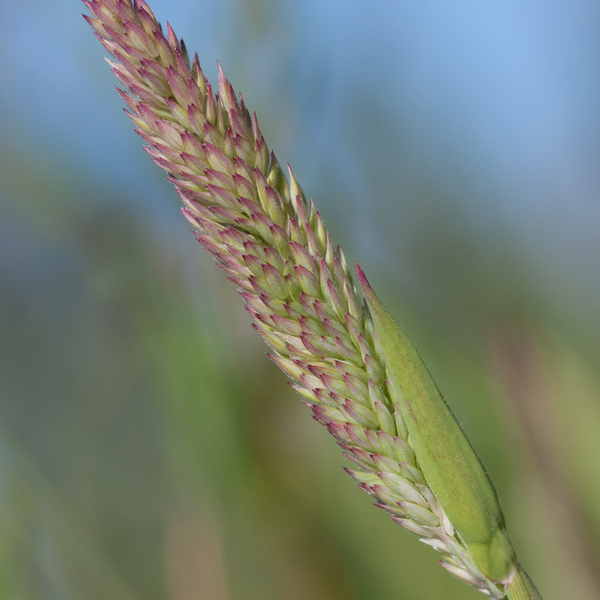Key Facts
- Height: up to 1m
Yorkshire Fog is a tufted, grey-green and downy plant of meadows, woodland rides, waste grounds and lawns.
Its purple-tinged flower heads appear from May to August. It can produce dense stands that push out other species and is often considered a weed of arable land.
How to Identify
Yorkshire Fog has grey-green leaves and cylindrical, tightly packed flower heads that have a purple-red tinge to their tips. Both the leaves and the flowers have a soft appearance.
Where to find
Widespread.
How people can help
Some of our most abundant species are often treated as ‘weeds’ when they appear in the garden. Yet they can be extremely beneficial to wildlife, providing food and shelter for minibeasts. Try leaving wilder areas in your garden, such as patches of Yorkshire Fog in your lawn and Stinging Nettles near the compost heap, and see who comes to visit… To find out more about wildlife-friendly gardening, visit our Wild About Gardens website: a joint initiative with the RHS, there’s plenty of facts and tips to get you started.
Did you know?
Because of its soft look, Yorkshire Fog is known as ‘Velvet Grass’ in North America. Here, it probably got its name from a description of how it looks at a distance – misty and grey with a purple tinge – which is something between northern smoke-billowing factories and heather moorland.
Similar Species
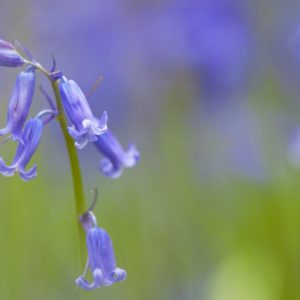
Bluebell
- Wildflowers
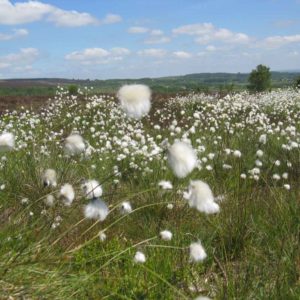
Common Cotton-Grass
- Wildflowers
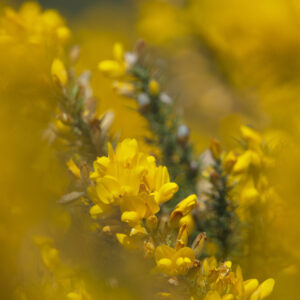
Gorse
- Wildflowers
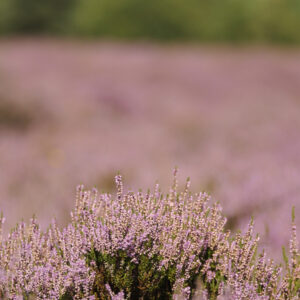
Heather
- Wildflowers
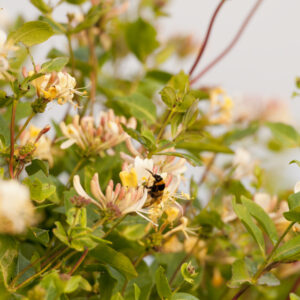
Honeysuckle
- Wildflowers
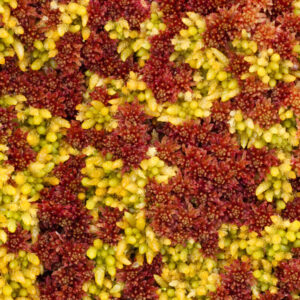
Sphagnum Moss
- Wildflowers
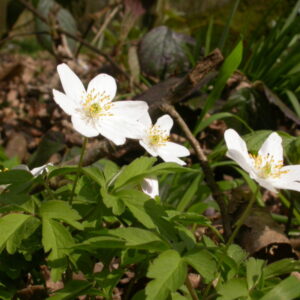
Wood Anemone
- Wildflowers
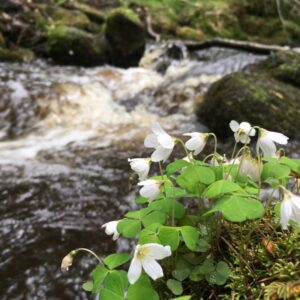
Wood Sorrel
- Wildflowers
